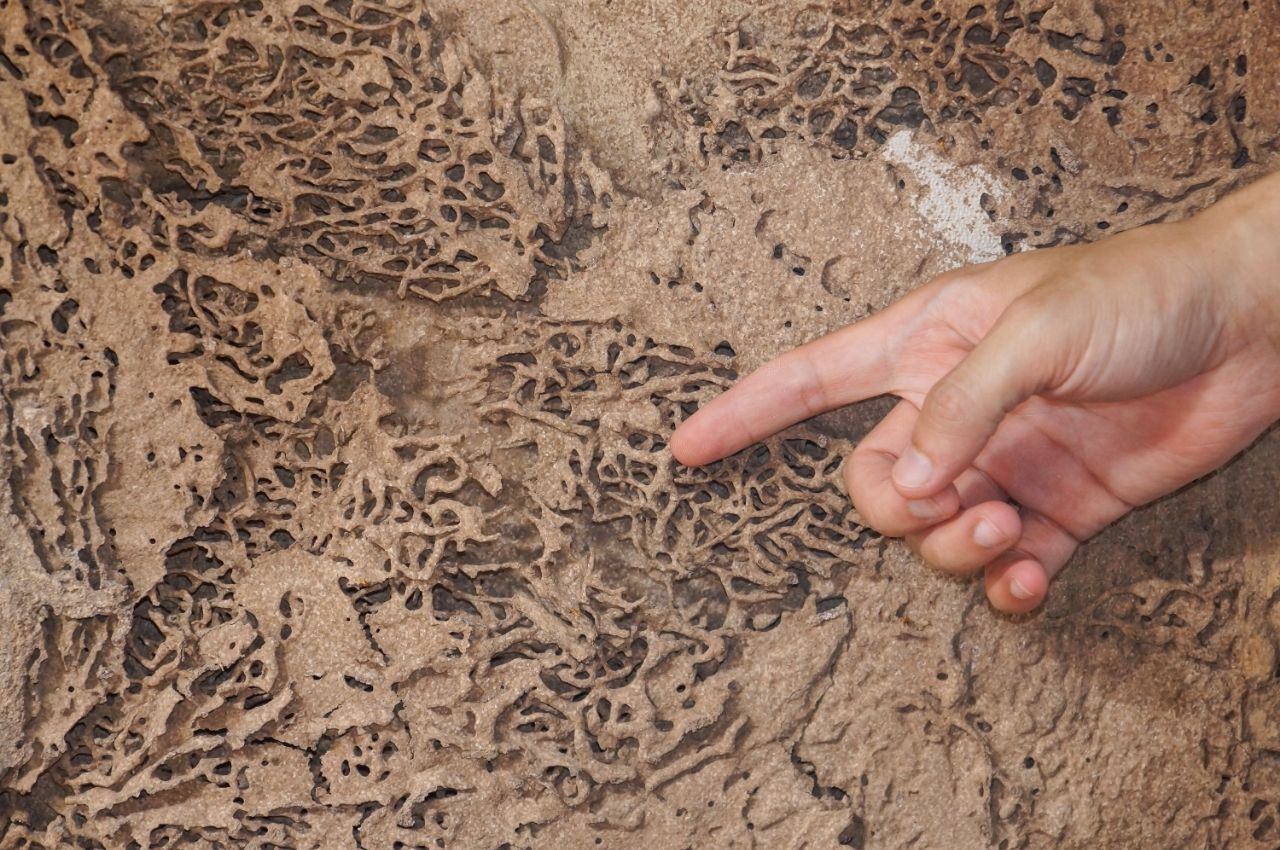
Signs of Termites in Drywall and How to Repair the Damage
Many people think that termites can only damage wood walls, but they are wrong. In this article, we will share with you which are the emergency signs of termites in drywall. We will also teach you how to repair those damages quickly before the problem gets worse.
First, you must understand that termites don’t rest until they destroy the drywall; therefore, you need to identify and eliminate them quickly. We know that sometimes it can be difficult to get rid of them, but we will keep it simple.
The main problem with termites is that many homeowners do not worry about them as they think these insects only affect wooden structures. But it is essential to mention that termites can destroy your walls and ceilings in several ways.
If you have a termite problem, then you have reached the right blog. Let’s not waste more time; take your tools and start with this guide.
Can Termites Damage Drywall?
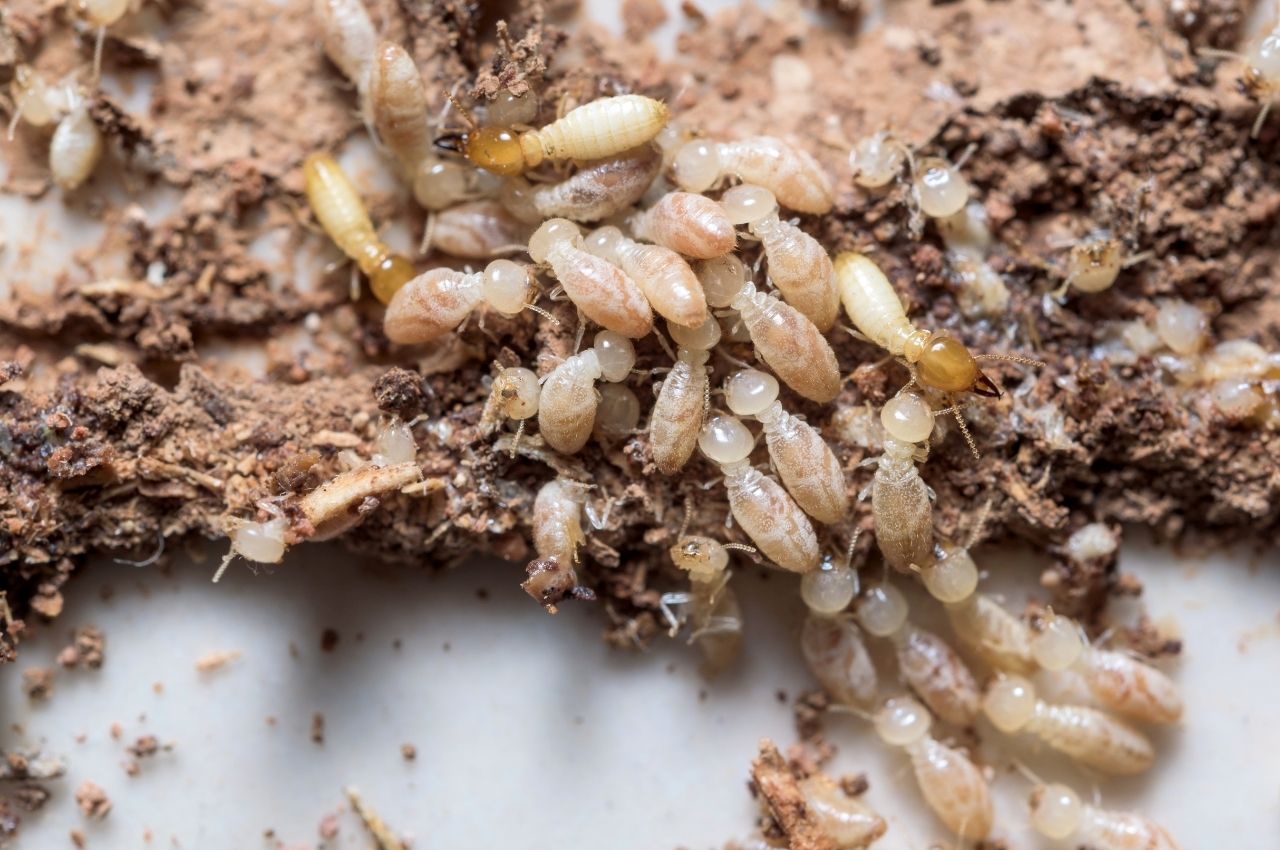
As we mentioned, owners think that termites only eat wood, so they ignore the drywall. Termite colonies can end up destroying anything in their path; therefore, you need to be alert and look for signs of termite activity.
Many people don’t know, but drywall is one of the primary food sources for termites. It is essential to protect your walls against termites, so you will prevent them from getting in.
All the species of termites feed on cellulose, a substance present in many things, including drywall. This means that termites will eat your drywall and damage its structure.
Now you know that water damage is not the principal danger for drywall. If you want to learn how to identify a termite infestation, then read this blog till the end.
Here Are the Common Signs of Termites in Drywall
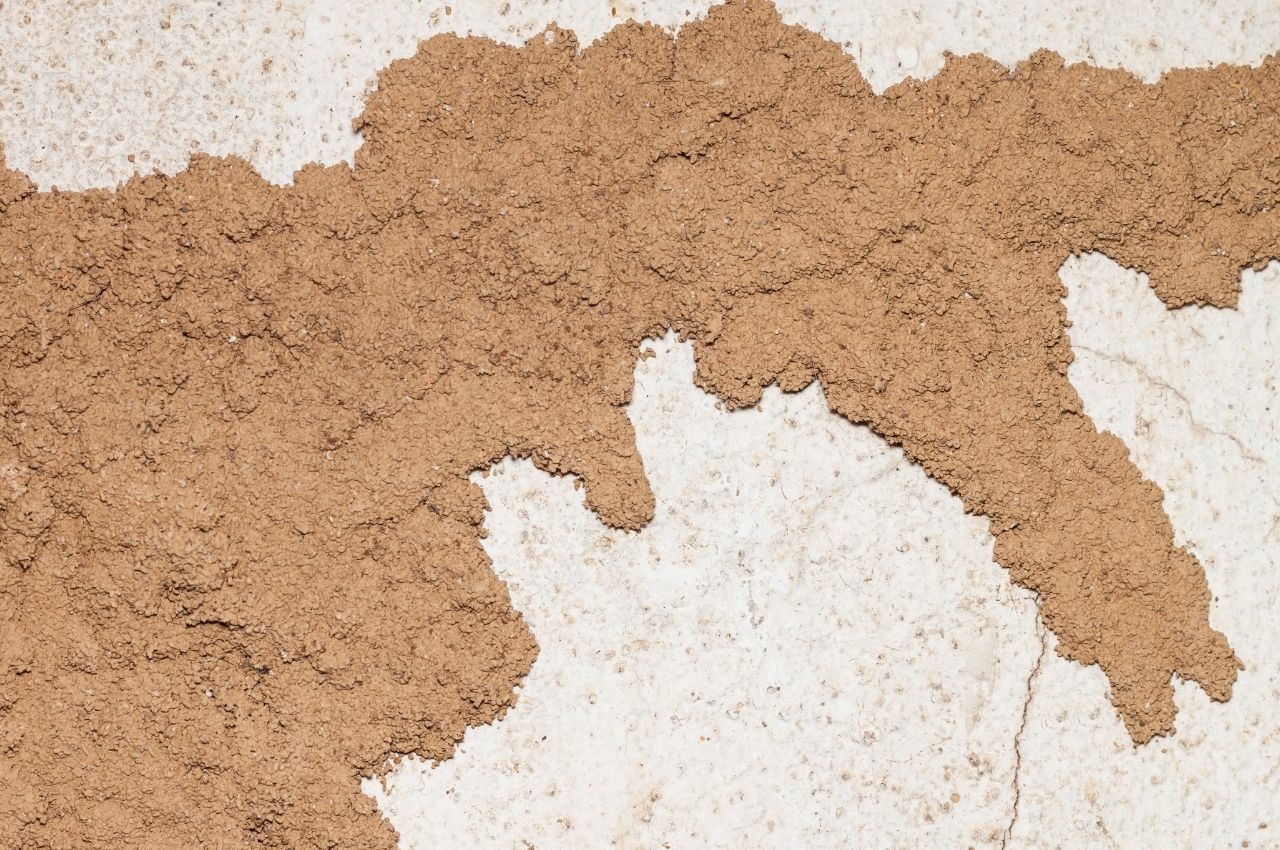
At this point, you must be clear that termites are dangerous, so you must be ready to find and eliminate them. The problem is that there are many types of termites, so you need to learn how to differentiate them. Some species of termite swarm at night and are attracted by light sources, and others attack in daylight.
Do not worry; the following list will help you determine if there are termites in your drywall, no matter the type.
The common signs of termites in drywall include mud tubes under the drywall surface, hollow-sounding timber, holes in the walls, and discolored drywall. Each signal will help you determine if your walls need attention. Next, we will explain to you what to do if termites are damaging your drywall.
Mud Tubes under the Surface of the Walls and Ceilings
Mud tubes are one of the most common signs of Drywood termites. These tubes act as protection for the insect. Termites locate those tubes near their nests; therefore, you must be careful when inspecting the drywall.
Termites are subterranean insects that typically build mud tubes with soil and termite droppings. If you want to avoid those tubes, then eliminate the moisture of your walls. You need to get rid of those ducts as they bridge between termite colonies and the wood they consume.
Do not remove the mud tubes manually, as the termites will build new ones. We recommend you seek professional help and ask for a termite inspection.
Papery or Hollow Sounding Timber
Termites usually consume the drywall from inside out, leaving a thin veneer of timber or just the damaged paint. To verify if your walls have termite damage, knock on an area and pay attention to the sound. If it sounds hollow or papery, then it is a clear sign that these insects are consuming your walls.
Your walls, ceilings, beams, and attics are at risk, so you need to act fast if you want to avoid expensive damages. These signs may only become visible after termites have been living on your walls for months or years.
Look for Holes in the Walls
If you notice holes in your walls, call an expert as soon as possible. This is the worst sign you can identify as it means that termites have already damaged the drywall structure, and you will need to replace it.
We recommend you schedule a termite inspection before moving forward with any repairs. Once you get rid of the termites, call a remodeling contractor to verify if they can repair the drywall.
How to Repair Termite Damage in Drywall
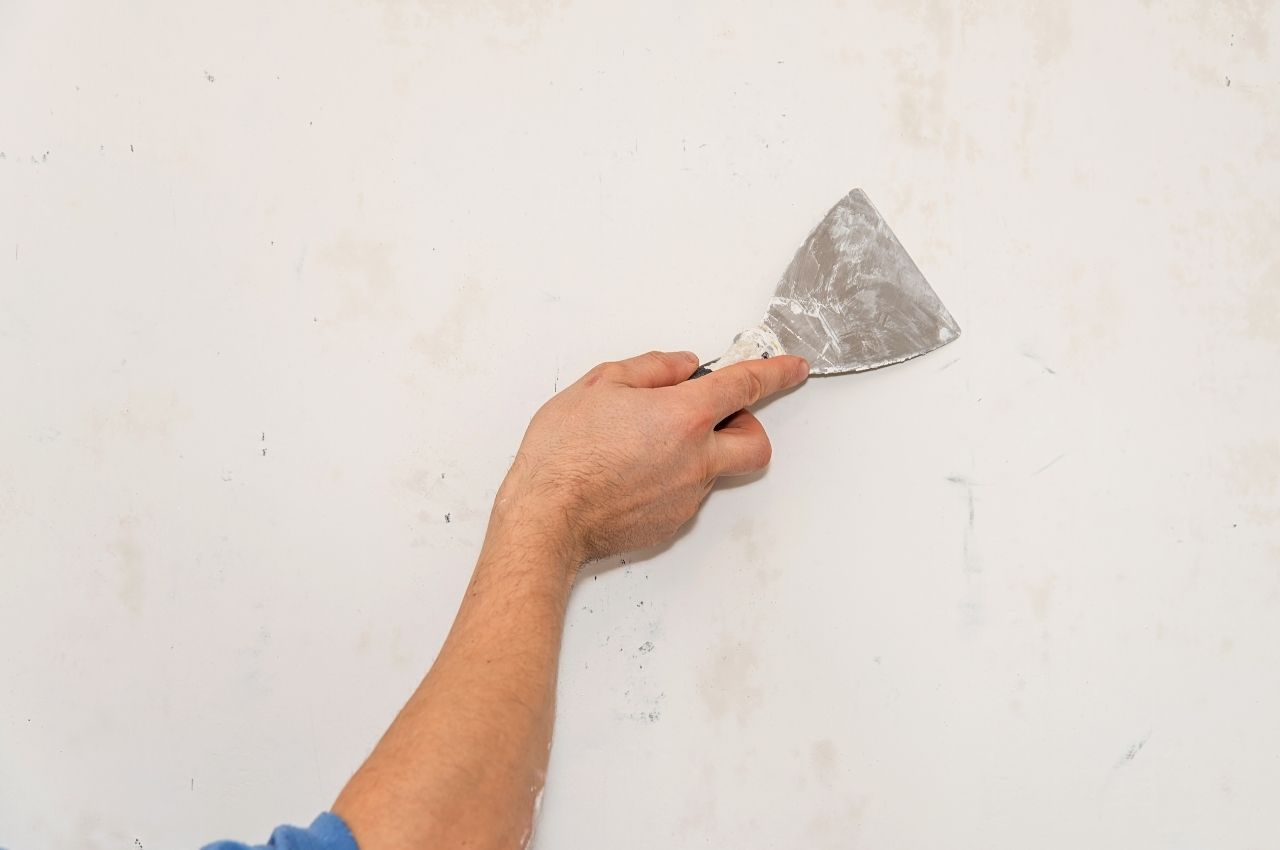
Now that you know that termites are a severe problem, you must learn how to repair drywall when it gets damaged. As a homeowner, you need to take action to notice signs of termite damage in your walls.
We all know that these insects damage the drywall; therefore, your house’s structural support is at risk.
It is essential to mention that repairs should only be made until a licensed professional has confirmed that there are no longer termites on your walls.
Firstly, you need to call an expert and schedule an appointment. Once they get rid of the termites, you will be ready to repair the drywall.
Repairing drywall damaged by termites is difficult, so we recommend you call a professional contractor for help, such as ourselves. In most cases, these insects damage the drywall structure, so you will need to change the entire wall. In other cases, the repairs are more straightforward and less expensive.
Leave everything in our hands, and we will solve this problem for you. We understand that termites are a severe problem. Do not let the time pass; we are to repair your damaged drywall.
Make Sure to Prevent Future Damage by Getting a Termite Treatment
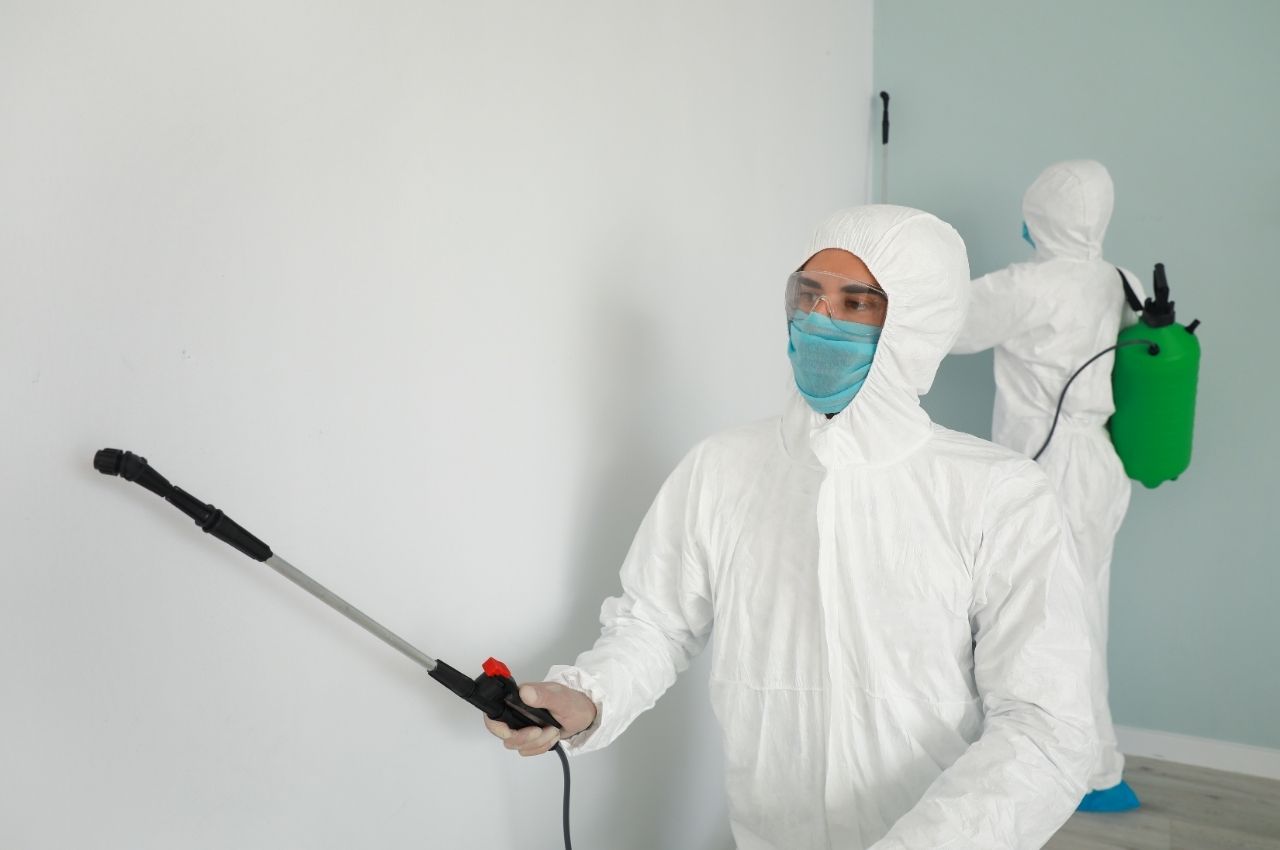
To finish the process, you must get a termite treatment. We know that this process looks complicated, but it is necessary to make sure that termites will never appear on your walls again.
Now that you have learned how to identify the signs of termites in drywall and how to repair them, then finish the project by getting a termite treatment. This step is essential as the termites can appear again.
Make sure you get in touch with a professional pest control company after you repair your walls. Ask for preventive pest control as it will be enough to prevent termites from appearing.
